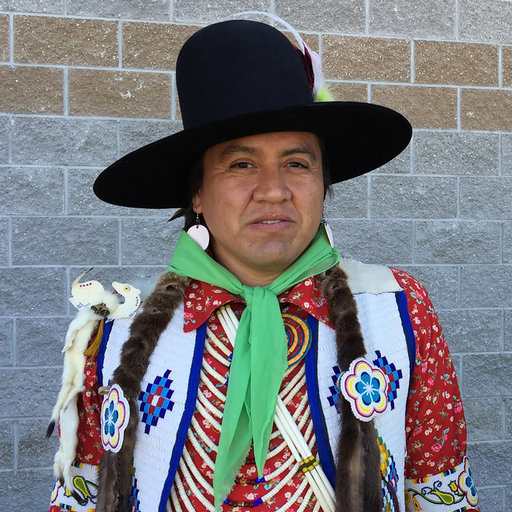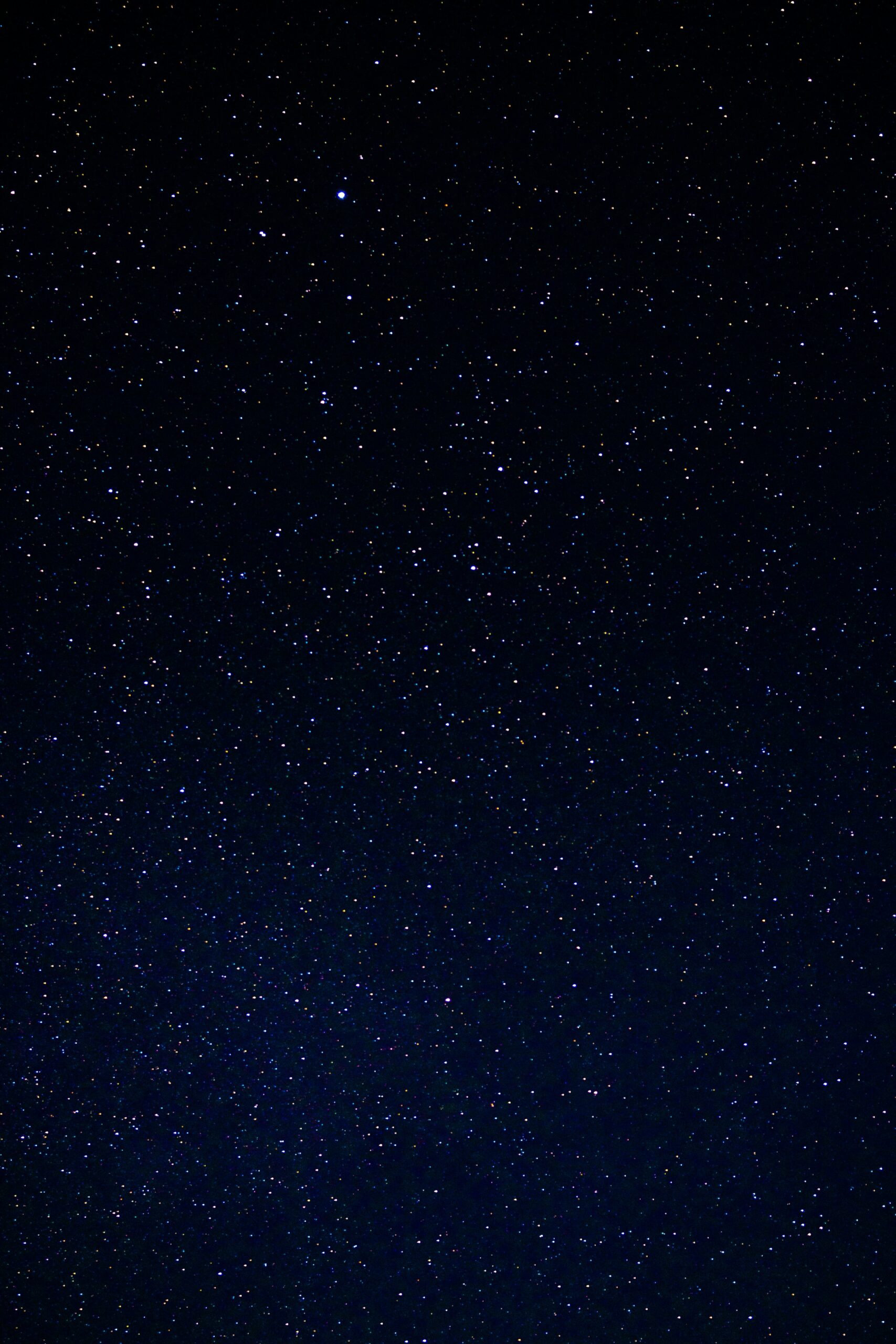Shandin Pete (SP): One that kind of sticks out to me is… I don't remember how old I was, probably about 12 or 13 or so, and decided to sleep on the roof of my house with a friend and as we were just laying there, we were examining the night sky and the stars and I all of a sudden began to feel very claustrophobic or, like almost getting a panic attack, just realizing how small and insignificant I seemed in the grand universe of things. It almost felt like the whole earth and the universe was just kind of staring at me, taunting me because of the immenseness of it.
Science World (SW): That’s Dr. Shandin Pete, assistant professor of teaching in the department of earth, ocean and atmospheric sciences at the University of British Columbia. He’s telling us about a time when he was amazed by how expansive our world is.
SP: That's one memory I always remember and it really came from my curiosity about imagining what is beyond, not only in the universe, but also beyond in the scope of things that I knew and understood on the earth. So it really sparked this lifelong curiosity about understanding the things that we categorize as the unknown. And mostly from the perspective of my own cultural pursuits. So it made me introspect on a lot of the things that we... our beliefs of and about nature, and finding out, you know, why we believe those particular things and what purpose they had in our community.
SW: This lifelong curiosity led him to a career in the geoscience field investigating connections between natural phenomena and Indigenous scientific knowledge.
SP: You know, it's really, it's really having an opportunity to be a lifelong learner. I think that this career I chose facilitates that. And, you know, that's been my pursuit. You know, I guess everybody's pursuit is a lifelong learner. But it lets me continue to wonder about things, to explore different areas of knowledge, especially related to my own community. And I think that's also one of the big drivers: it’s, you know, finding, not necessarily solutions, but you know, helping to discuss big issues that are related to science—our own science traditions in my own community and how they interface with this modernization of the world today.
SW: One of his research projects explores the current state of knowledge of Salish astronomy.
SP: So right now when I think about Indigenous astronomy, I think of it as a pursuit (at least for me) to reclaim some of the traditions that have been lost to time. So if you can imagine, you know, my ancestors lived in this landscape for thousands and thousands of years, and that body of data that they collected on not only the night sky, but you know, the processes of nature around them, that's pretty… that's the probably the largest dataset anybody can have about a place, you know, that comes from Indigenous people. So, reclaiming those and how they were recorded, what purpose they served, I think is all important when we speak about Indigenous astronomy.
SW: Throughout his pursuits, Dr. Pete’s curiosity about the world around us has been a guiding light.
SP: I think it’s essential and I think we all have a curiosity about many different things. You know, that ability to wonder about things and why things happen, you know, it's pretty important. My youngest son, he's curious about everything, every word I say, he'll ask what that means. So I have to translate it into terms that he understands on the fly. So that curiosity of continually questioning and challenging what's being delivered to you I think, is really, really important. I think the pursuit of knowledge and understanding is a common human pursuit. And I think we've all—each society or cultural group or tribe—has gone down a pathway to produce knowledge, to understand phenomena that's practical in our own communities. So I think science is really a pursuit of humankind. And it just serves different purposes depending on where it's situated.

